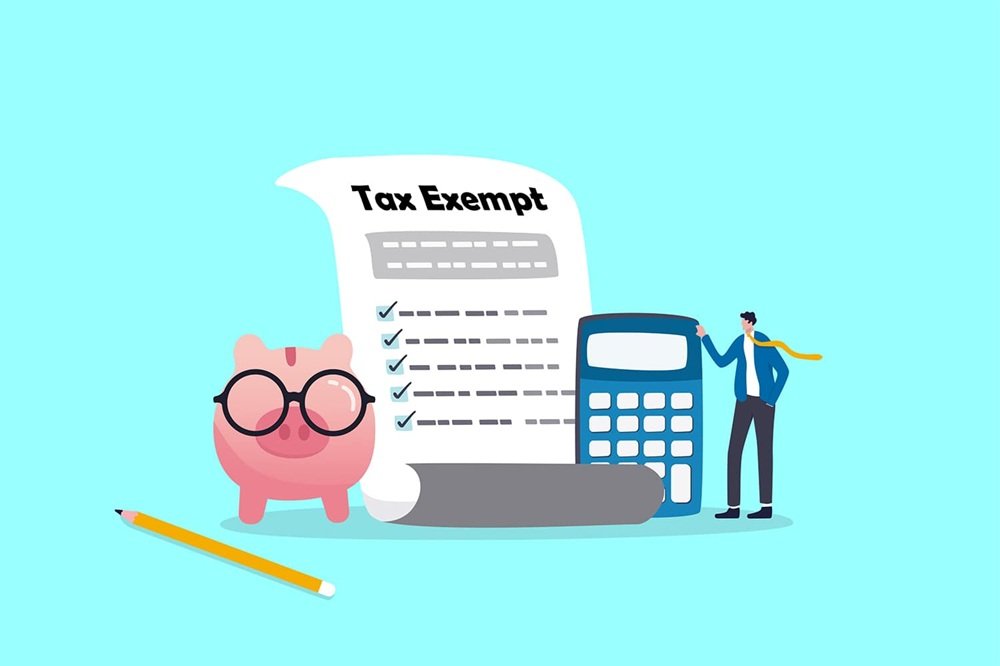Understanding IRS 990 requirements can feel overwhelming, yet it’s vital for your nonprofit’s transparency. As a leader, you must grasp these forms to maintain your organization’s integrity. The IRS Form 990 reveals your nonprofit’s finances, funding, and operations. Accurate completion demonstrates accountability to donors and the public. nonprofit accounting services play a crucial role in this process. They help ensure that your filings reflect true organizational health. Overlooking details or missing deadlines risks penalties or loss of tax-exempt status. By following expert advice, you can confidently navigate these requirements. Prioritize accuracy and timeliness. Knowledge of what to report and how protects your nonprofit’s mission. Avoid common pitfalls by staying informed and organized. Equip your team with resources and guidance. With the right approach, IRS 990 can become manageable instead of intimidating. Let’s explore how to fulfill these obligations with ease and precision.
What is Form 990?
The IRS Form 990 is a document that tax-exempt organizations must file annually. It provides information about your nonprofit’s financial status and activities. This form is not just a financial statement. It is a comprehensive snapshot of your organization’s governance and achievements. Sharing this data helps the public and donors understand your financial handling.
Key Sections of Form 990
Form 990 includes several critical sections. Here’s what you need to know:
- Part I – Summary: Offers a snapshot of your nonprofit’s mission, revenues, and expenses.
- Part III – Statement of Program Service Accomplishments: Details specific service programs and outcomes.
- Part V – Statements Regarding Other IRS Filings: Ensures compliance with various IRS requirements.
Types of Form 990
The IRS provides different versions of Form 990. Knowing which applies to your organization is essential:
| Form Type | Who Should File? |
|---|---|
| Form 990 | Nonprofits with gross receipts over $200,000 or total assets over $500,000. |
| Form 990-EZ | Nonprofits with gross receipts under $200,000 and total assets under $500,000. |
| Form 990-N (e-Postcard) | Nonprofits with gross receipts normally $50,000 or less. Learn more about Form 990-N. |
Steps for Accurate Filing
Filing Form 990 accurately involves several steps:
- Gather Financial Records: Include income, expenses, and balance sheets.
- Complete Necessary Schedules: Depending on activities, additional schedules may be required.
- Review and Double-check Entries: Ensure all information is correct before submission.
Common Mistakes to Avoid
Errors in Form 990 can lead to penalties. Avoid these common pitfalls:
- Submitting incomplete forms.
- Missing deadlines.
- Incorrect financial reporting.
The Role of a CPA
A Certified Public Accountant (CPA) is invaluable in guiding your nonprofit through Form 990 filing. They offer expertise in:
- Understanding IRS requirements.
- Ensuring compliance and accuracy.
- Providing strategic financial advice.
Resources for Nonprofits
Utilize available resources to aid your filing process. The IRS website provides detailed instructions and forms. Explore more resources from the IRS for nonprofits. Additionally, consider attending workshops and training sessions designed for nonprofit financial management.
By adhering to these guidelines and leveraging professional support, your nonprofit can navigate IRS 990 requirements confidently. This not only ensures compliance but also reinforces your commitment to transparency and accountability.
